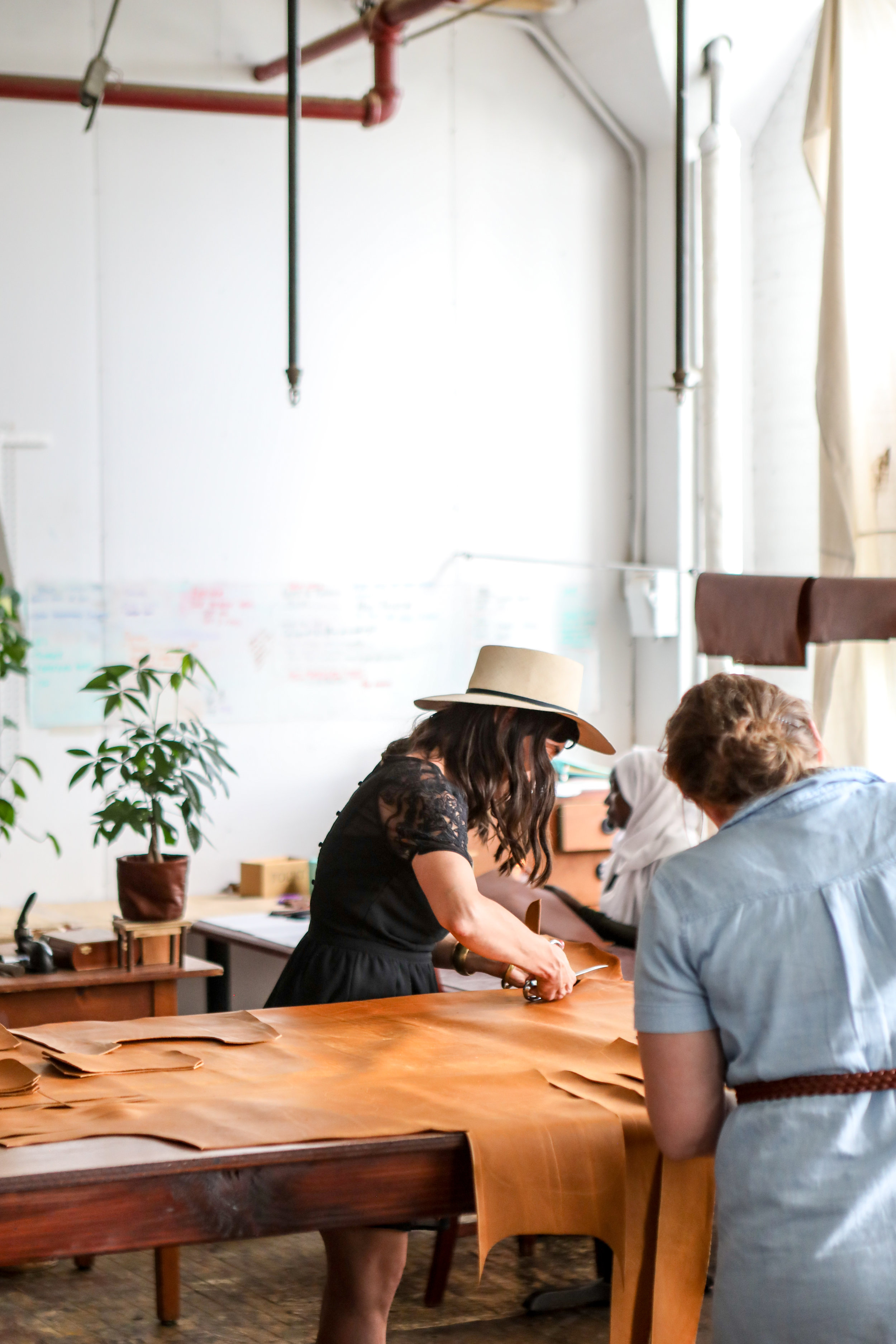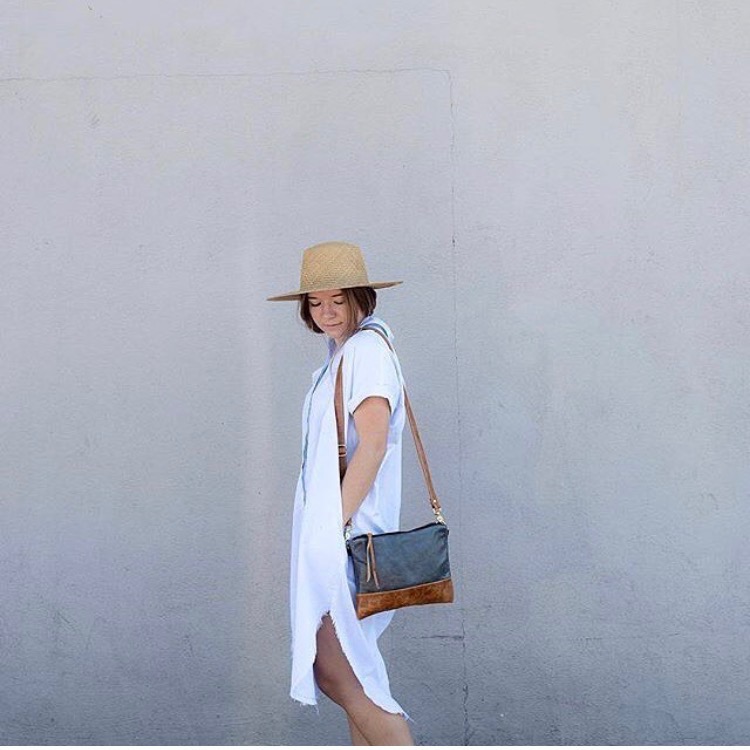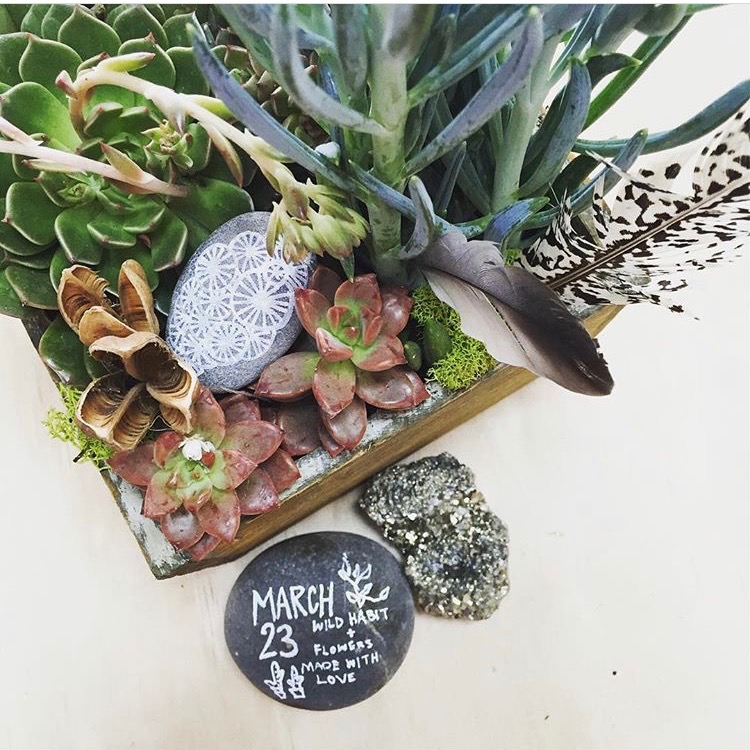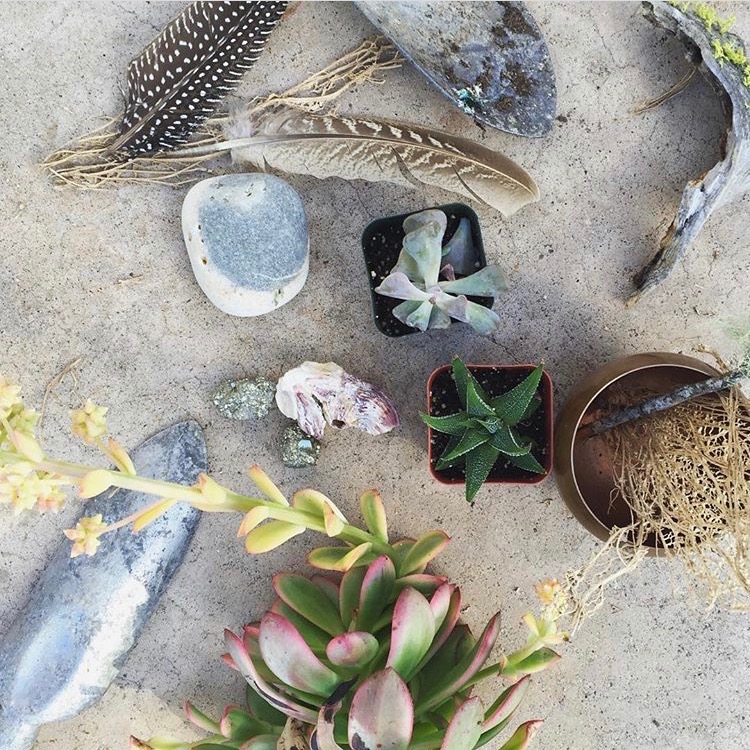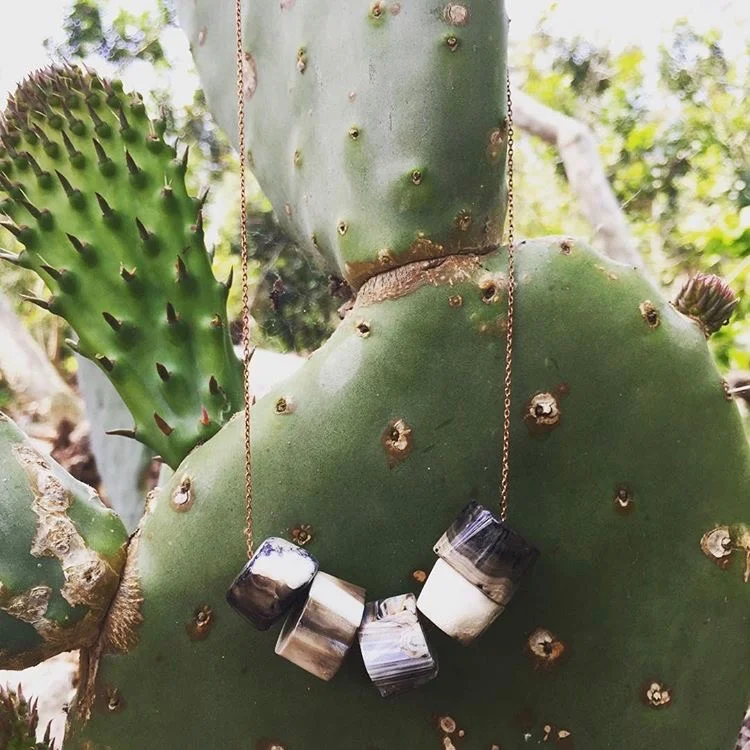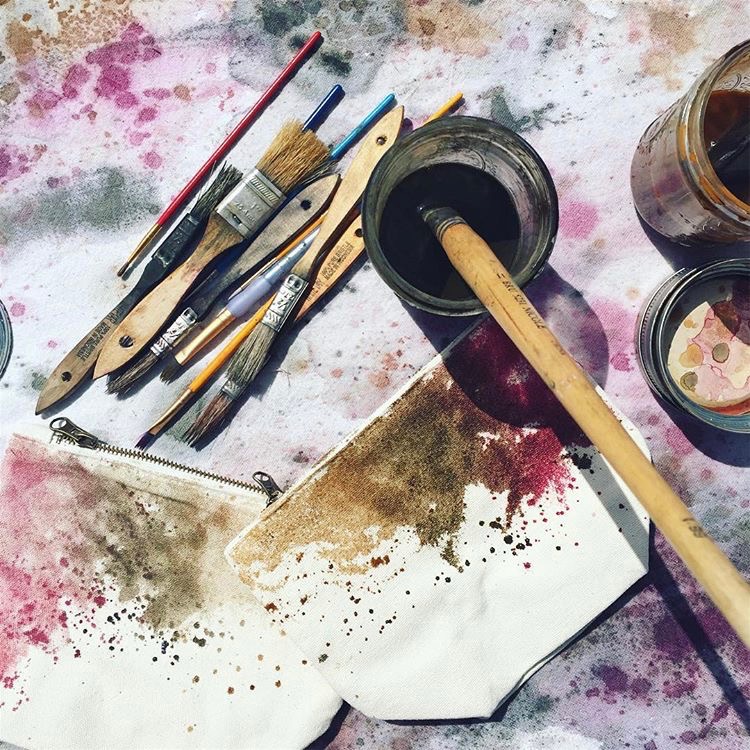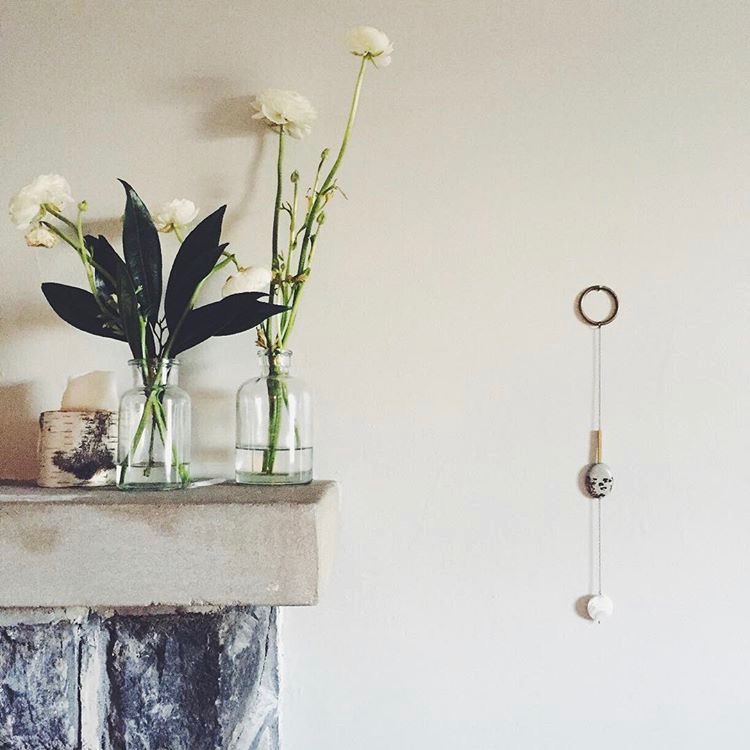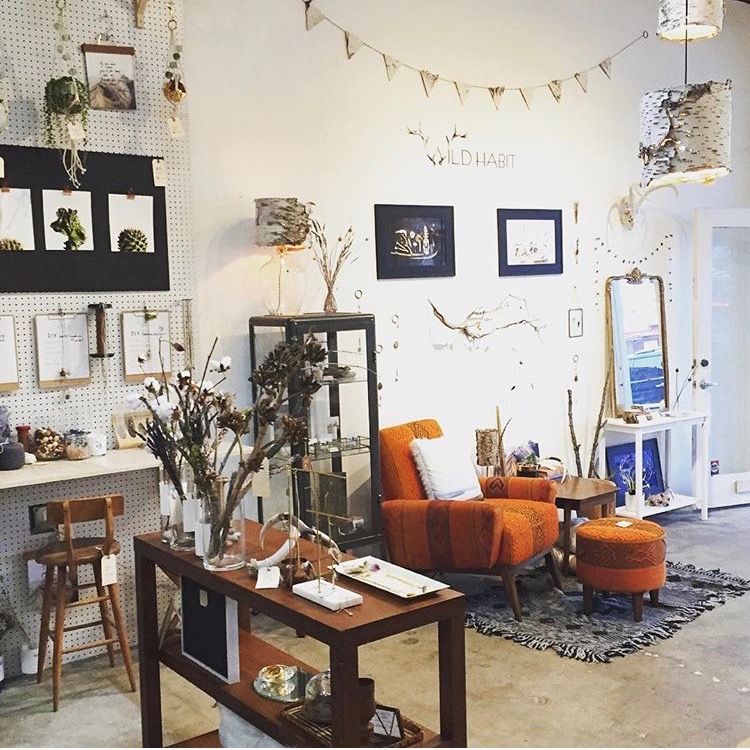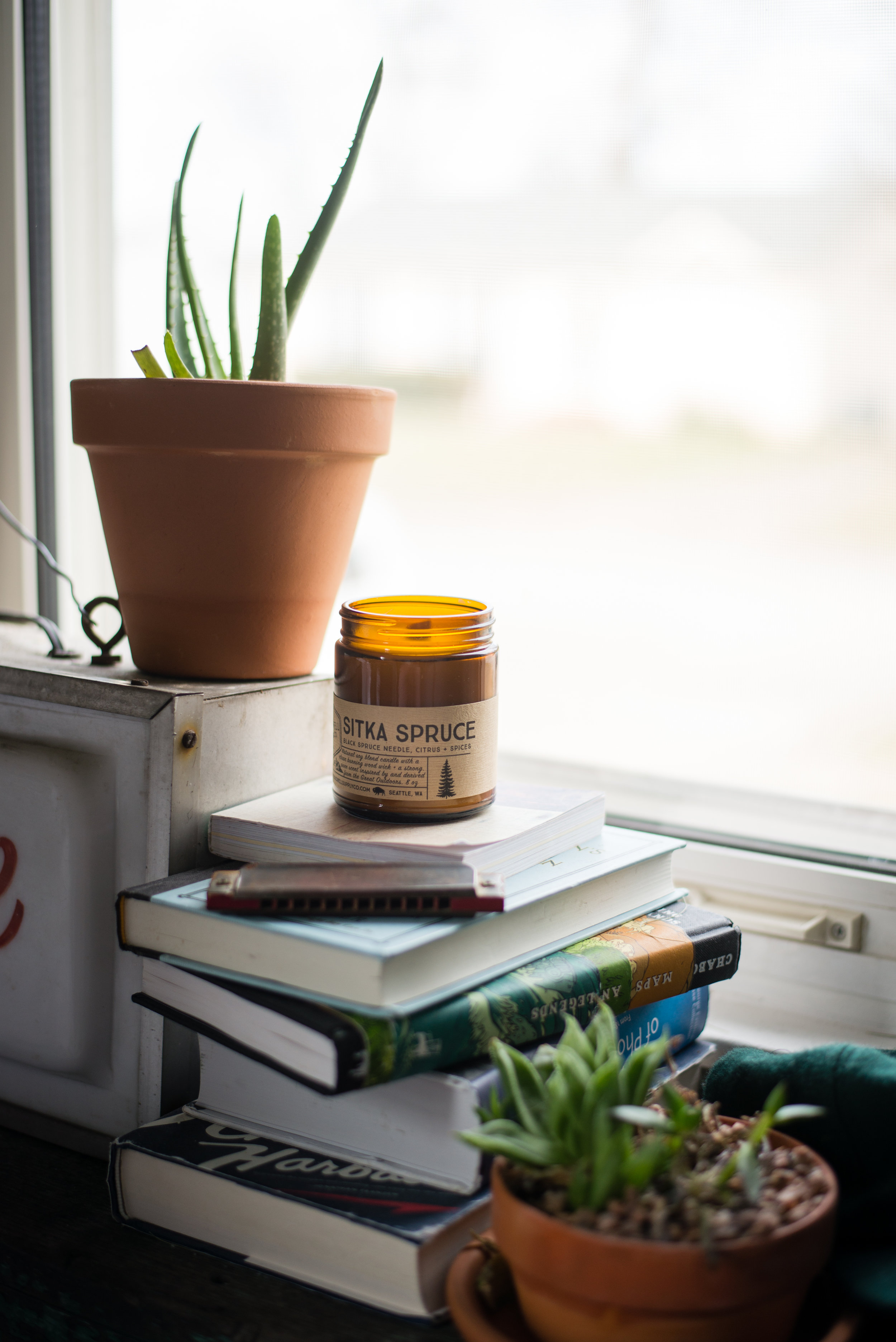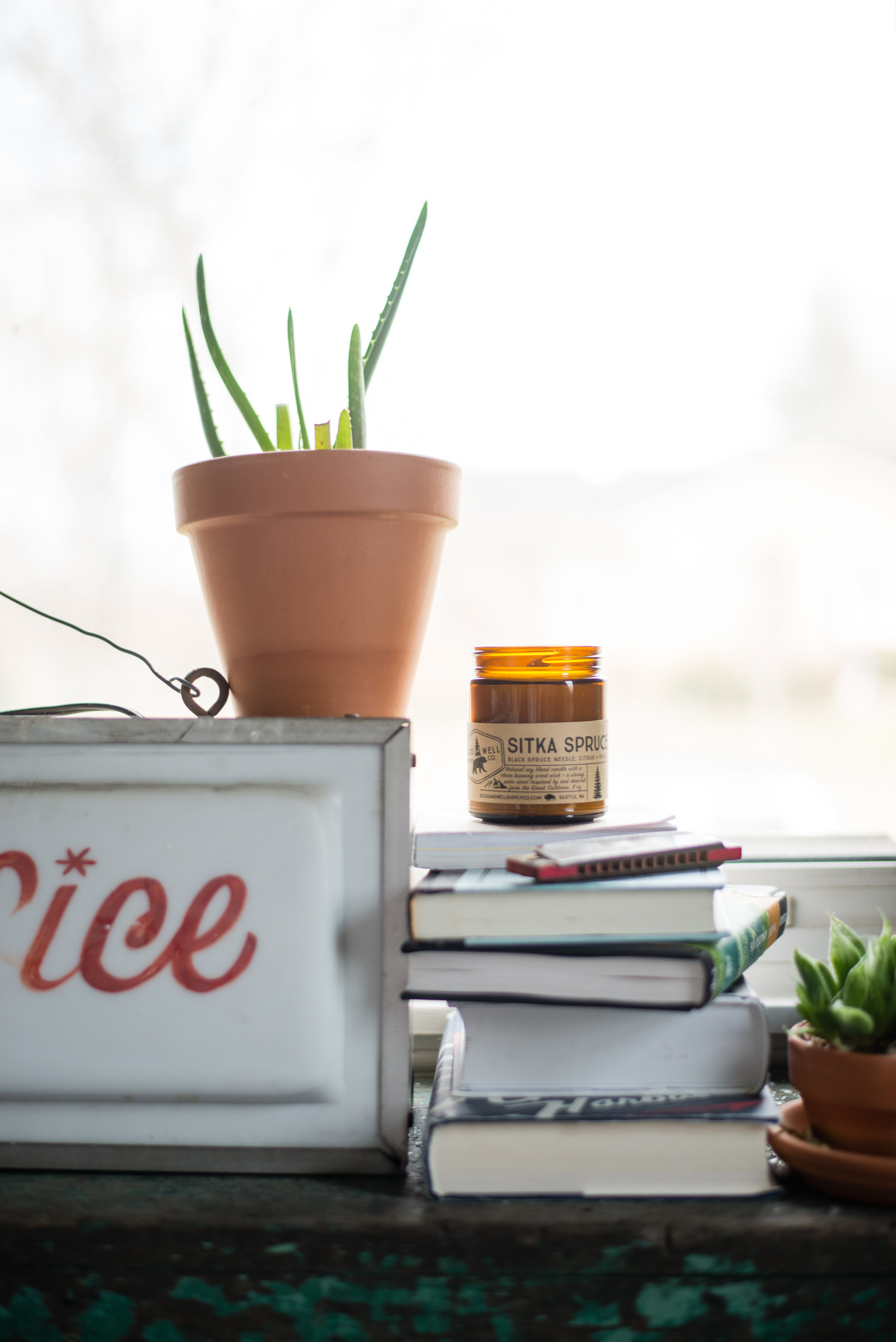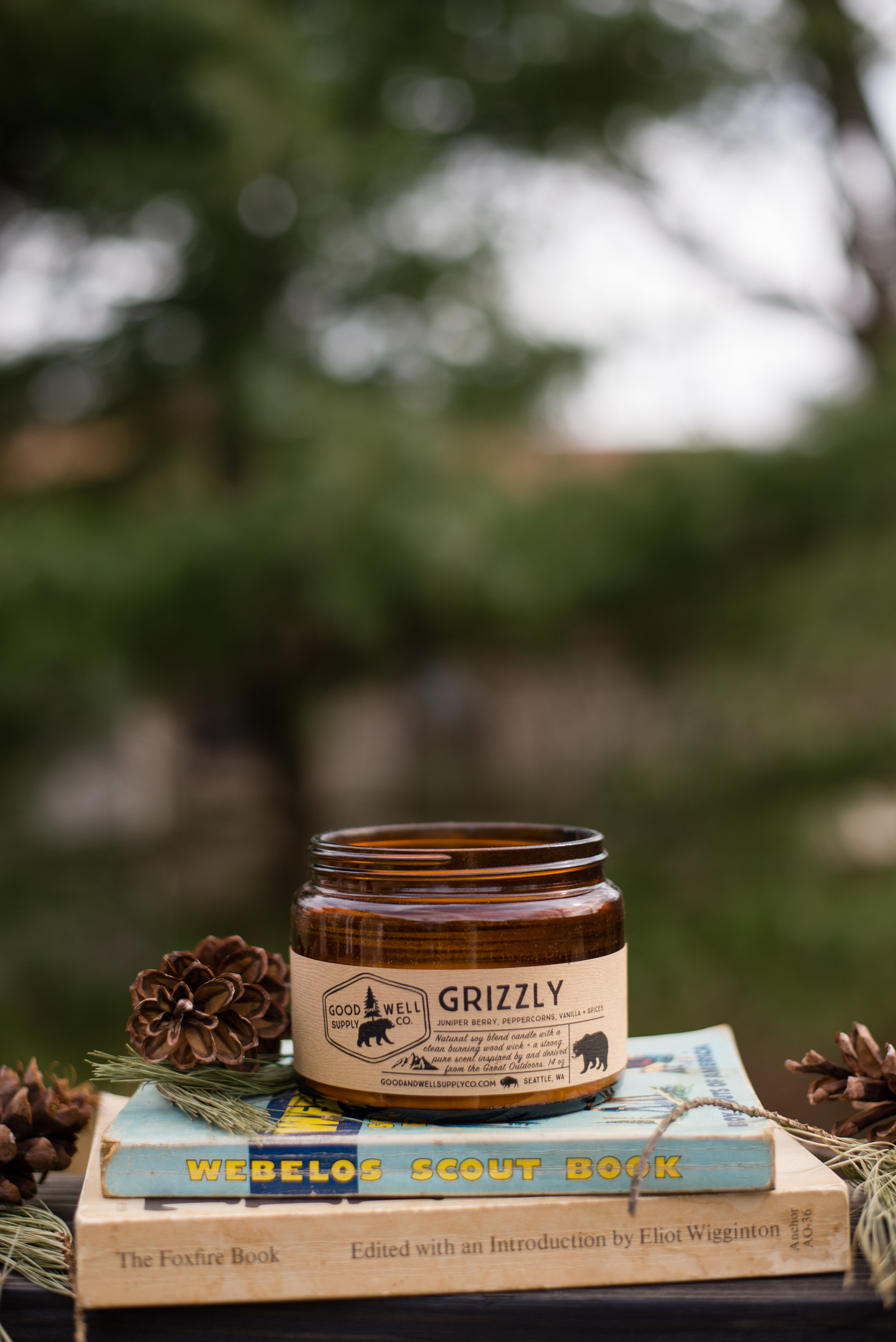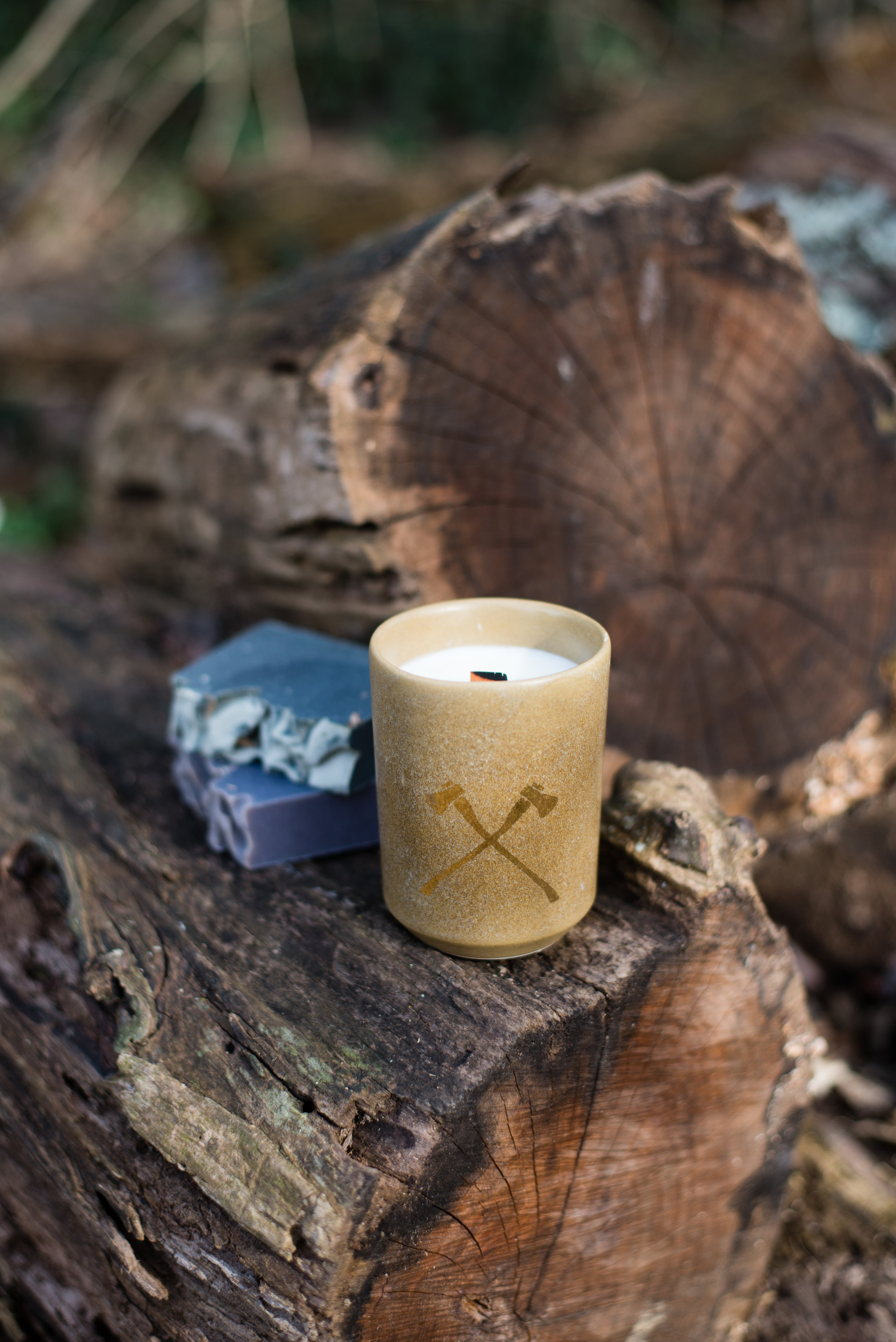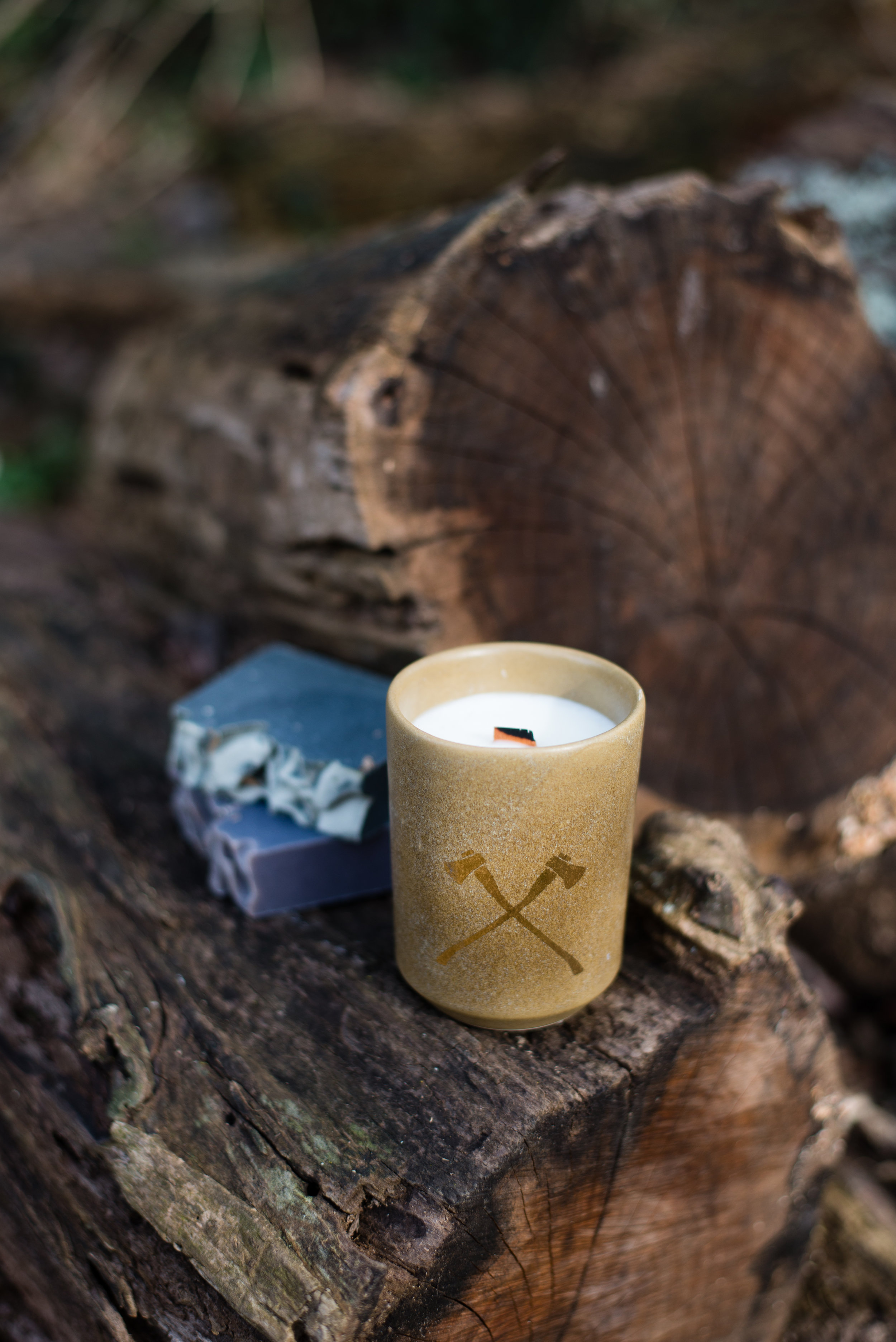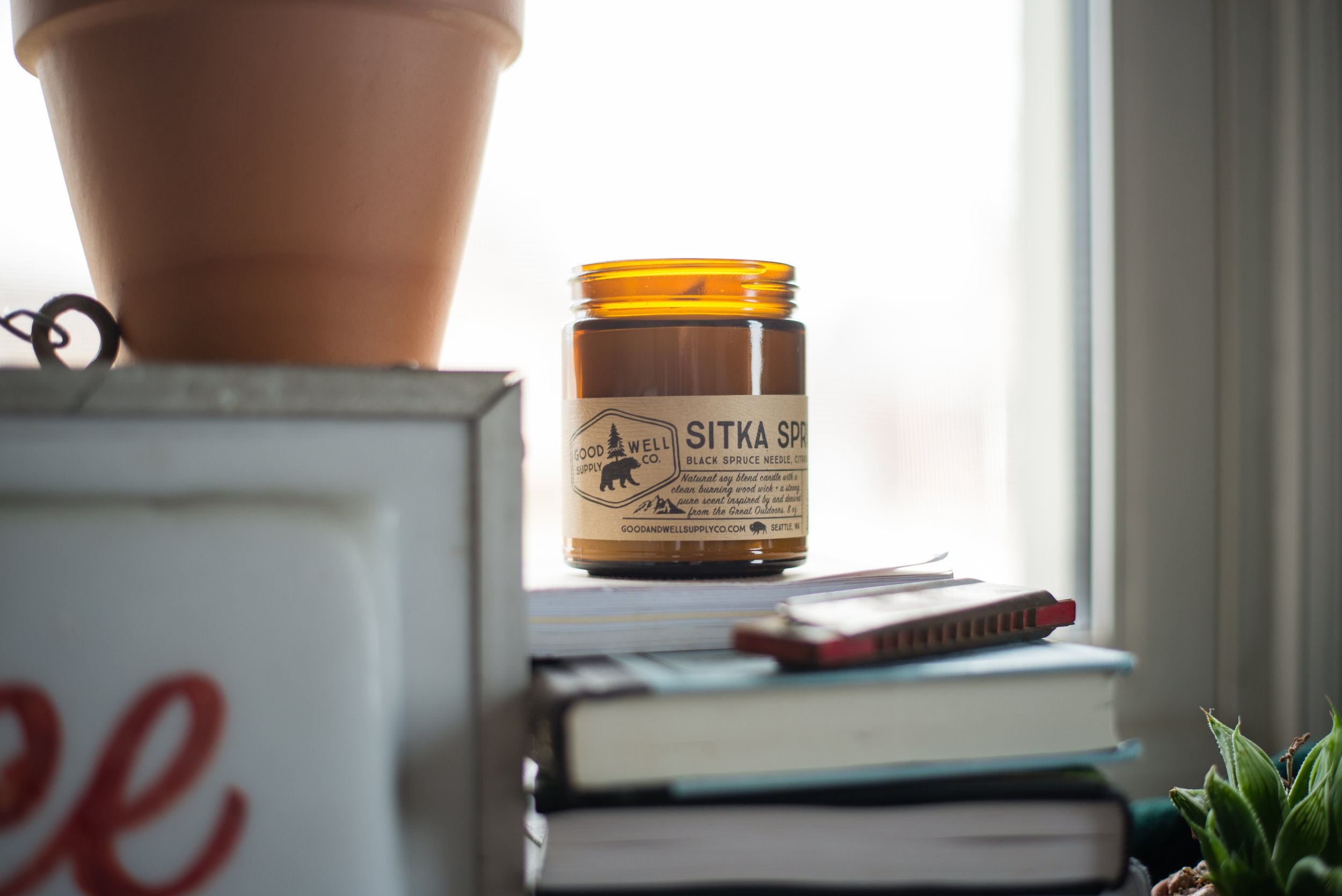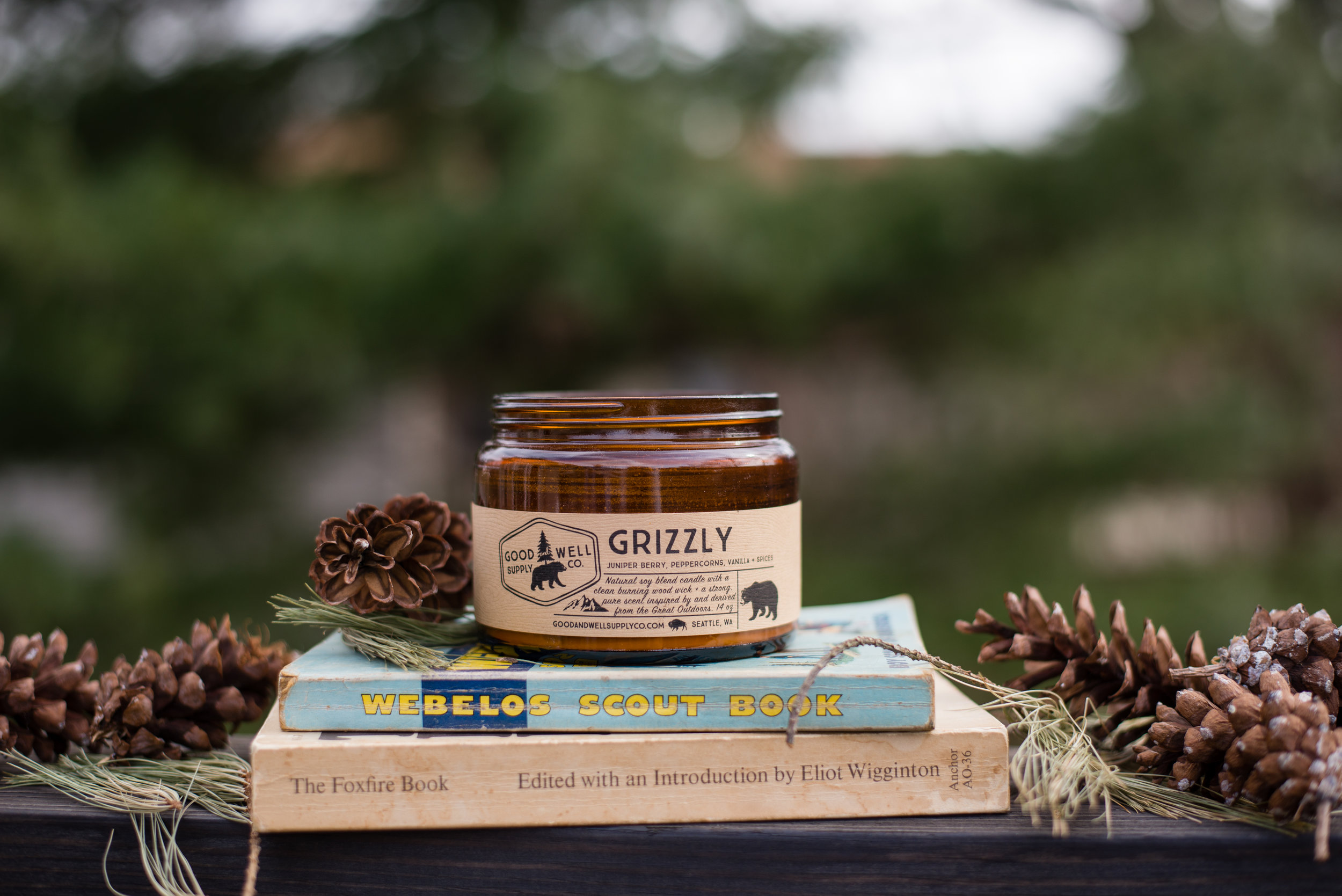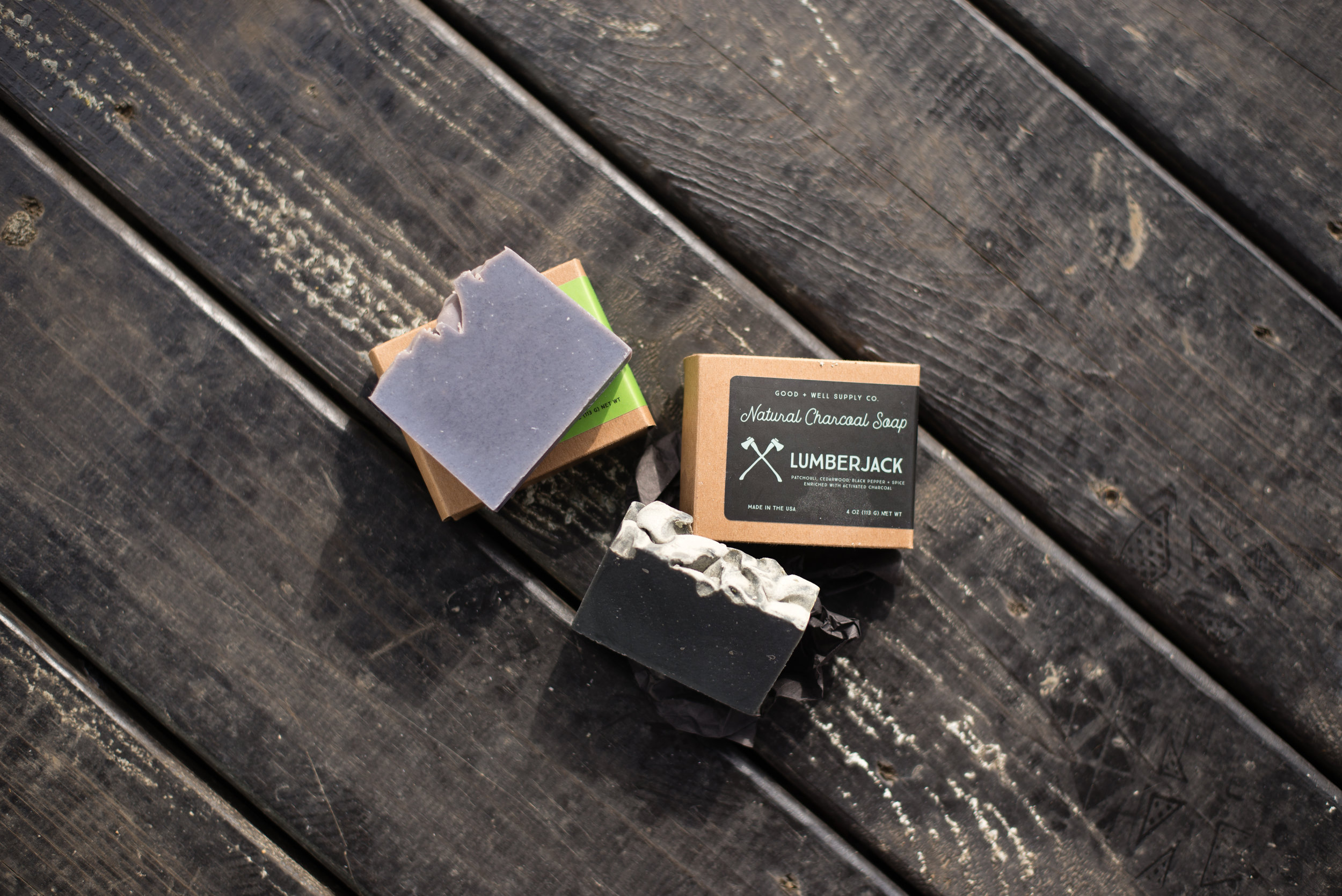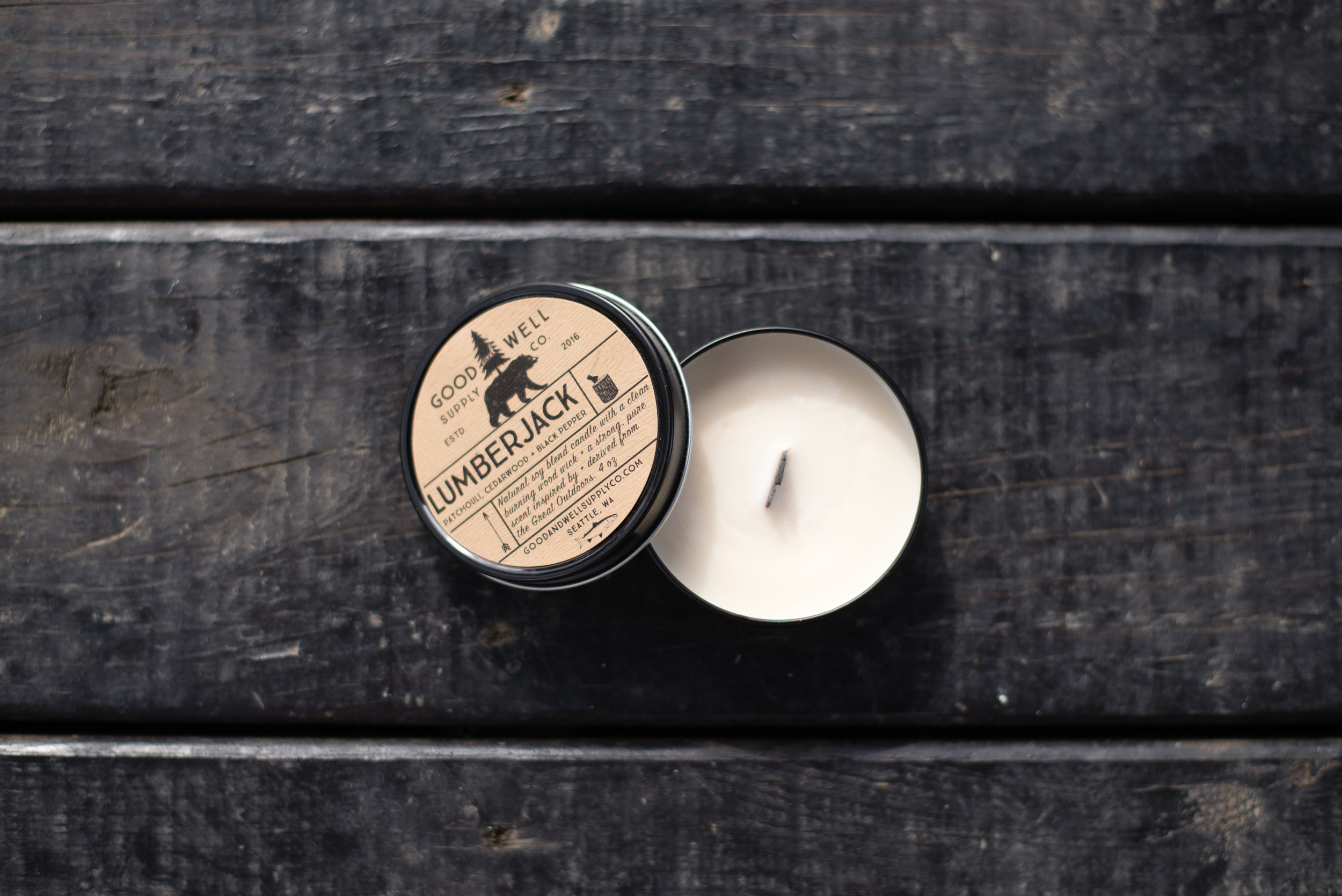Carol Woodard
Ben Ashby
A visit with one of America’s most talented folk artists.
STORY: HEATH STILTNER
When most people think of handmade Folk Art today they think of the reproduced and reproducible craft goods like wind chimes made from two liter bottles and tin cans, but there are still a few true artists out there today who are keeping the tradition of quality handmade goods alive. Carol Woodard has been keeping that handicraft alive from a very young age and today is one of my favorite true Folk Artists. Using found and new materials Carol creates works of fiber art with an authentic and antiquarian feel and appearance.
Growing up with a love of antiques, American history, and sewing Carol learned to fuse her three passions after her older sister taught her to crochet as a child. “I loved to sew clothing when I was growing up and, after my sister taught me to crochet, I made my first garment—a vest,” she remembers. “The vest I crocheted ended up being twice as long as it needed to be because my sister never taught me how to finish a project. That was when I gained my fist nugget of wisdom from my mother, she said to me ‘A good seamstress always rips!’, and from then on I kept my passion for fiber arts close and honed my skills.”
Carol’s mother was a talented seamstress herself and taught Carol that she could make anything she set her mind to. “My mother could sew anything from doll clothes to tailored suits and she told me early in life that I could do it too.” Carol allowed her mother’s advice to fuel her passion and she has never let anything stop her. At 12 she received a book about macramé and started making macramé plant hangers with gourd bowls and sold them to her parents friend, the first time she had sold any of her creations.
Today Carol combines her love of early American antiques and sewn handmade items with her passion for nature and women’s crafts into quality handmade notions like fabric fruit likenesses and simple-yet-beautiful birds. “I can’t draw at all, so sewing has always been the way that I express myself creatively,” Carol explains. “Anytime I get an idea of something I like, I turn into some kind of sewn item.”
More than anything, Carol says that her passion for creating is to produce one-of-a-kind treasures she’d be happy to have in her own home. Using her love of American history and antiques she creates a collection of baubles that speak of a time gone by when Folk Artists and homemakers captured real-life things in an imaginative sense. “I have collections of old quilts, fabric, bed ticking and parts that I use in my items. When I use new reproduction fabric it is treated to look like it was in Grandma’s attic. One of my favorite items is my Granary Angel ornament that was inspired by a tombstone in the Granary Cemetery in Massachusetts.”
— woodlandprimitives.com
















